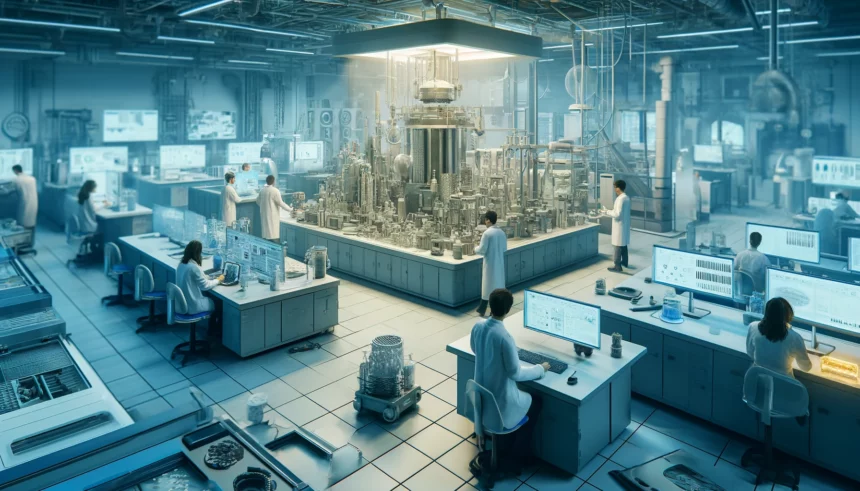As the urgency to tackle environmental and climate challenges intensifies, innovative solutions are more crucial than ever. Researchers are making headway with a groundbreaking method that not only addresses the recycling of plastics but also captures carbon dioxide, hitting two birds with one stone.
Understanding the Innovation in Recycling
The Issue with Traditional Methods
Typically, recycling plastics involves mechanical processes—sorting, washing, and melting. But not all plastics are fit for this treatment, and the ones that are, suffer in quality over time. High temperatures used in the process can alter the plastic’s chemical structure, leading to inferior recycled products.
A Sustainable Alternative: Using Lignin
Professor Hoyong Chung and his post-doctoral researcher, Arijit Ghorai, from Florida State University, are turning the tide with their unique approach. Unlike traditional methods, they focus on depolymerizing polycarbonate back to its basic building blocks.
- Lignin’s Role: A key player in this process is lignin, a common byproduct in biofuel and paper industries, which accumulates around 50–70 billion tons annually. Instead of discarding this organic material, it’s now being used to recreate high-quality plastics.
How Does it Work?
The process starts with transforming carbon dioxide into cyclic carbonate, the monomer of polycarbonate, using lignin and an organic catalyst. This reaction occurs under far less severe conditions than usual, eliminating the need for costly metal catalysts and high-energy inputs.
- Chemical Recycling: By converting waste plastic into cyclic carbonate, it can be polymerized into new, high-quality polycarbonate at room temperature and normal atmospheric pressure.
Advantages of This New Method
- Quality and Reusability: The polycarbonate produced can be recycled multiple times without degrading in quality. This ensures that the plastics can re-enter the cycle as pristine, high-quality materials.
- Environmental Impact: By integrating carbon capture into the production process, this method not only tackles plastic waste but also helps reduce carbon dioxide—a significant greenhouse gas.
Practical Applications and Future Prospects
Although currently in the experimental stage, the potential applications for this type of recycled polycarbonate are extensive. In the short term, it could be used for manufacturing low-cost, short-term use products like packaging, textiles, and disposable items.
Challenges Ahead
While promising, the scale-up of this technology requires further validation to ensure it is safe, effective, and feasible on a commercial scale. More tests are needed to confirm the recycling frequency and the full environmental impact of the process.
Looking Forward
The journey to a circular plastics economy looks a bit brighter with such innovations. As the research progresses, the hope is to expand the applications of this recycled polycarbonate to include high-value chemicals and specialized polymers for sectors such as biomedical and energy storage.
Despite the road ahead, the promise of turning plastic waste into valuable resources while capturing carbon dioxide offers a hopeful glimpse into a sustainable future. Researchers are optimistic and committed to refining this process, paving the way for a greener planet.
















